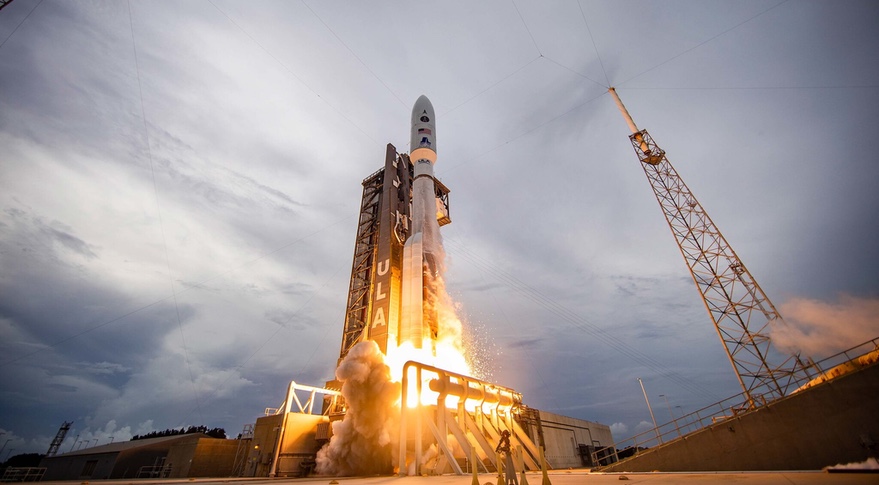WASHINGTON — The U.S. Space Force on Oct. 4 released two solicitations for the next round of national security launch contracts, known as National Security Space Launch Phase 3.
NSSL Phase 3 is a multibillion-dollar procurement of launch services projected for 2025 through 2034. United Launch Alliance and SpaceX won NSSL Phase 2 in 2020, and their current contracts are being recompeted.
Proposals are due Dec. 15 and contract awards are projected in mid- to late 2024.
There are two solicitations for NSSL Phase 3 because the Space Force is splitting the program into two lanes.
- The Lane 1 portion of NSSL Phase 3 includes lower-risk missions to lower orbits, open to any launch provider that has a proven flight record. As many as 30 missions will be awarded on an annual basis over a 10 year period extending from fiscal year 2025 through 2034.
- The Lane 2 solicitation is open to heavy-lift launch providers that are certified by the U.S. Space Force and can fly payloads to nine “reference orbits,” which include some of the most demanding missions.
Plans to select a third provider in Lane 2 would open the door to a new entrant like Blue Origin, which is developing its New Glenn rocket. However, if the vehicle is not certified by October 2026, the Space Force may decide to only award two contracts.
“If the government determines there are less than three awardable offerors, the government may award less than three contracts,” said the final RFP. Lane 2 providers have to demonstrate a capability to perform at least eight national security missions per year.
All three Lane 2 winners will be eligible for up to $100 million a year in funding to pay for military-unique requirements, such as having both East and West Coast launch sites, vertical integration facilities and giving the Space Force access to their commercial launch data. This funding is not available to Lane 1 competitors.
The plan for Lane 2 is to select the “best value, next best value, and third best value launch service providers who meet all NSSL orbits and unique mission capabilities,” the deputy program manager of national security launch at Space Systems Command Col. Douglas Pentecost, said in a statement Oct. 5.
Space Force concerned about ‘constrained market’
The top two scorers will split 60/40 approximately 42 missions over five years, from fiscal years 2025 to 2029. The third best value provider will receive up to seven Lane 2 missions beginning in fiscal year 2026.
Pentecost said the dual-lane strategy was developed in response to a projected growth in demand for satellite launches and concerns about a shortage of heavy-lift rockets later this decade.
“The final RFP affirms the inclusion of a third Lane 2 provider, and annual on-ramping opportunities in Lane 1,” said Pentecost. These provisions seek to “strengthen the industrial base and increase the availability of reliable space launches for NSSL programs in a constrained market.”
By the end of the Phase 3, said Pentecost, “we will have at least three providers fully capable of meeting all NSSL requirements, as well as a full complement of launch service providers using systems designed for more risk-tolerant space vehicles launching to traditionally commercial orbits.”
The Space Force’s top procurement executive Frank Calvelli, assistant secretary of the Air Force for space acquisition and integration, praised the NSSL Phase 3 strategy for being innovative and ensuring the nation can “put new space capabilities on orbit quickly.”
